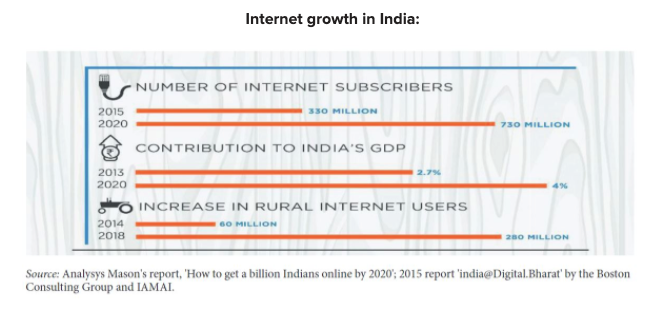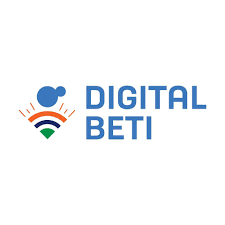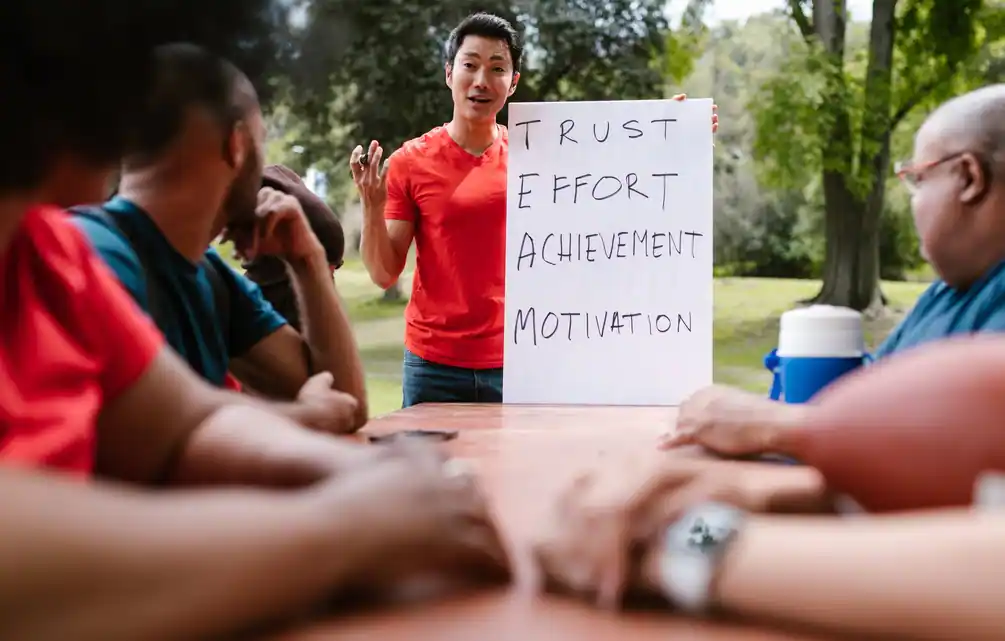Last week, I got an opportunity to connect with village-level women entrepreneurs in Kerala, India, through the Digital Beti project of Government of India. This opportunity led me to delve a little deeper into the reality of the digital gender gap worldwide, especially in India.
Digital India
Internet penetration in India is close to 35% (462 million users), as per a 2019 IIEP Report. In the current context of COVID pandemic, it looks like the trend of future of work being online has been hastened many folds with almost the entire IT workforce, companies and educational institutions suddenly working/studying online from home. However, this is also a moment to reflect upon the inequity this opens up by virtue of the accessibility to the digital domain among different sections of the society.

Steve Jobs once famously drew an analogy referring to computers as the bicycle for human minds. One can feel the sense of excitement and the possibilities that he could have sensed with the advent of computing and a world at the threshold of the emergence of the Internet.
After 30 years from that talk, what is the reality that we are looking at?
Digital Gender Gap in India
Globally, 54% of the 3.58 billion Internet users are men and 44% are women. India accounts for about 12% of the total Internet population, and about half of the digital gender gap worldwide. India’s digital gender divide is, in fact, worse than countries like Saudi Arabia and Iran.
There are many good initiatives by the Government of India as well as companies like Google and Facebook to help promote Internet usage in India among different sections. Internet Saathi is one such initiative run by Google in collaboration with Tata Trusts. Digital Beti is another initiative where Government of India collaborates with Facebook to empower rural women entrepreneurs.
Digital Beti Project
Digital Beti is a joint initiative of the Ministry of Electronics and Information technology’s Common Service Center (CSC) Academy and Facebook. The project envisions to overcome the digital gender gap in India by training women from rural areas to become entrepreneurs, using digital tools.
This program aims to train 5000 village-level entrepreneurs on digital literacy, who will then go on to train 250,000 rural entrepreneurs in over 3000 villages across 10 Indian states.
httpss://www.youtube.com/watch?v=ZOoFxMverAM
I’m grateful to Digital Vidya team which nominated me to be part of this Facebook initiative. Though Digital Beti is a humble effort in the face of the mammoth challenge in front of us to bridge this digital gender divide, it is nevertheless a commendable effort.
Digital Learning Revolution
India already has the second-highest number of people enrolled in Massive Open Online Courses (MOOCs), after the USA. Ability to reach the rural audience in vernacular languages speaking the language of IT, science and technology is essential today.
What can help them one step further is to also empower them at the mind level to deal with the uncertainty and anxiety that the current scenario can create. An e-wellness evolution may be the need of the hour to compliment the current e-learning revolution.


